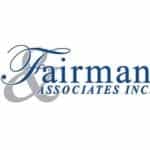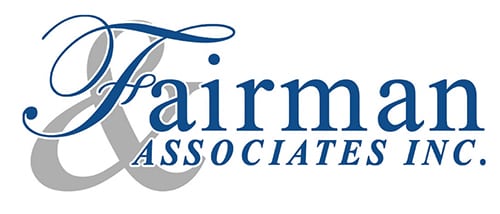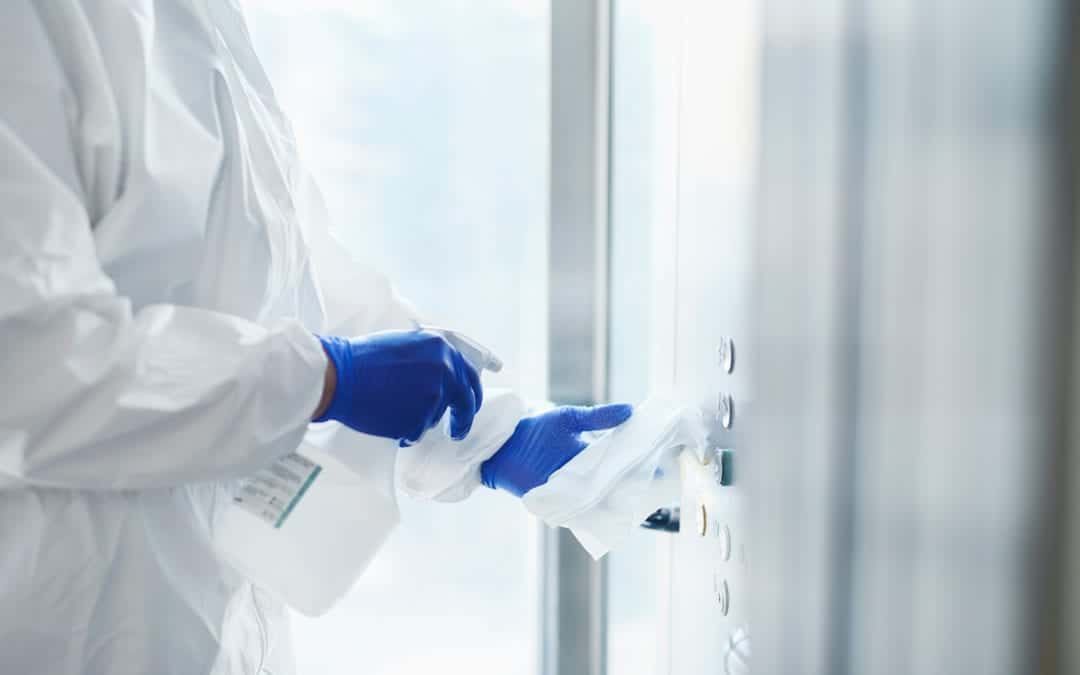We’ve created this Property Management Guide for best practices in cleaning and disinfecting commercial properties, based on guidelines from the Centers for Disease Control and Prevention (CDC), with regard to COVID-19. According to the CDC, scientific evidence (as of March 2020) suggests that the coronavirus may remain “viable for hours or days on surfaces made from a variety of materials.” For that reason, cleaning surfaces, followed by disinfection, is “a best practice measure” to help prevent the spreading of the virus.
For commercial areas (i.e. where people are not spending the evening), it’s recommended that staff do the cleaning and disinfecting of all areas, on every surface, including:
- Offices
- Bathrooms
- Common Areas
This is especially important for frequently touched surfaces (such as door knobs, light fixtures, etc.), as well as equipment (all buttons on a copier, for instance).
If someone has been ill, or tested positive for the virus, and has been in an area, the following procedures are recommended:
- Close off all areas used by the person who was ill
- Wait as long as is practical before beginning the cleaning and disinfection process (to minimize exposure to respiratory droplets)
- Open outside doors, to increase the circulation of air
- If possible, wait 24 hours before beginning the cleaning and disinfection process
- Ensure all HVAC filtration systems are sanitized and filters replaced
Cleaning staff should wear disposable gloves and gowns throughout the cleaning process, including the handling of trash. In addition, all staff should be sure to wash their hands thoroughly after removing their gloves. This involves washing hands with soap and water for at least 20 seconds. If soap and water are not available, an alcohol-based sanitizer (with 60 – 95% alcohol) can be used. Staff should, at all times, avoid touching their eyes, nose, or mouth with unwashed hands.
Employers need to ensure that workers are trained on the hazards of the cleaning chemicals they are using, in accordance with OSHA’s Hazard Communication standards. In addition, employers need to comply with OSHA’s standards on Bloodborne Pathogens, which includes proper disposal of regulated waste products.
The cleaning process itself involves the following:
- Dirty surfaces should be cleaned using a detergent or soap and water.
- To disinfect after cleaning, use an alcohol solution with at least 70% alcohol content, or a diluted household bleach solution. Most common EPA-registered disinfectants should be sufficient.
- If using a diluted bleach solution, follow the appropriate manufacturer’s guidelines on proper ventilation.
If necessary, you may prepare your own a bleach solution by mixing:
OR
4 teaspoons bleach per quart of water
If you have questions about this process or would like a property manager to help you in these types of situations, contact us at Fairman & Associates. We’re happy to help you through these stressful times.
About the Author

Bill Fairman Sr.
Bill has over thirty years of experience in the property and asset management field with additional expertise in: Budget and cost controlling, long range planning, preventative maintenance scheduling, site selection, purchase and/or lease negotiations, court receivership, property appraisal, inspections and review coordination.










